Beginning in early spring, brilliant yellow wildflowers catch our eyes as we drive or walk along neighborhood streets and scenic areas. You may even wish you could stop to pick some and take them home with you!
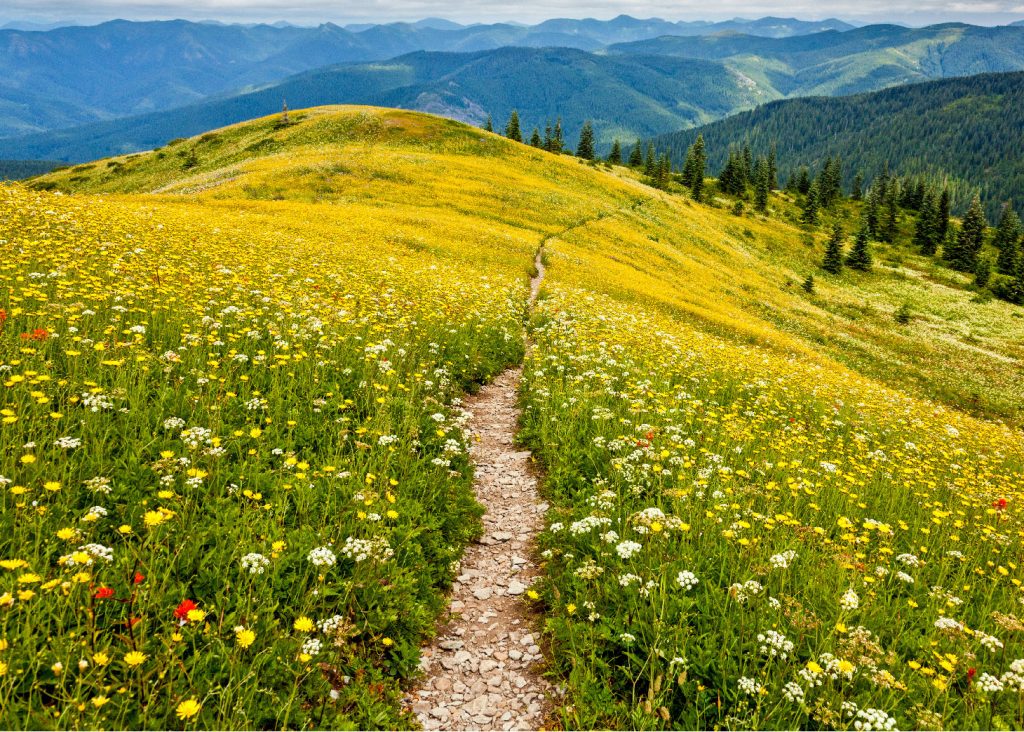
Come along with us as we learn about yellow wildflower identification and how to press flowers in our free printable guide! (Or click here to jump to the directions for pressing flowers.)

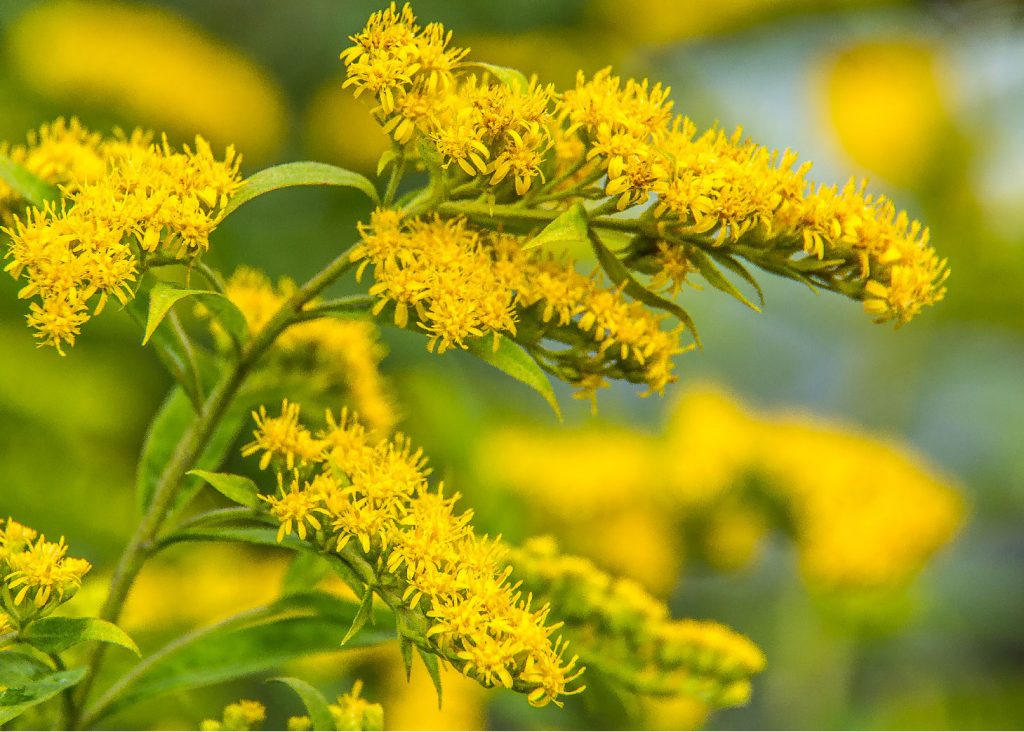
Goldenrod
Found in meadows and in ditches along roads in North America and other continents in late summer, goldenrod has many medicinal benefits and can be used in herbal teas.
Unfortunately for some, goldenrod is related to ragweed and may cause allergic reactions for people affected by seasonal allergies.

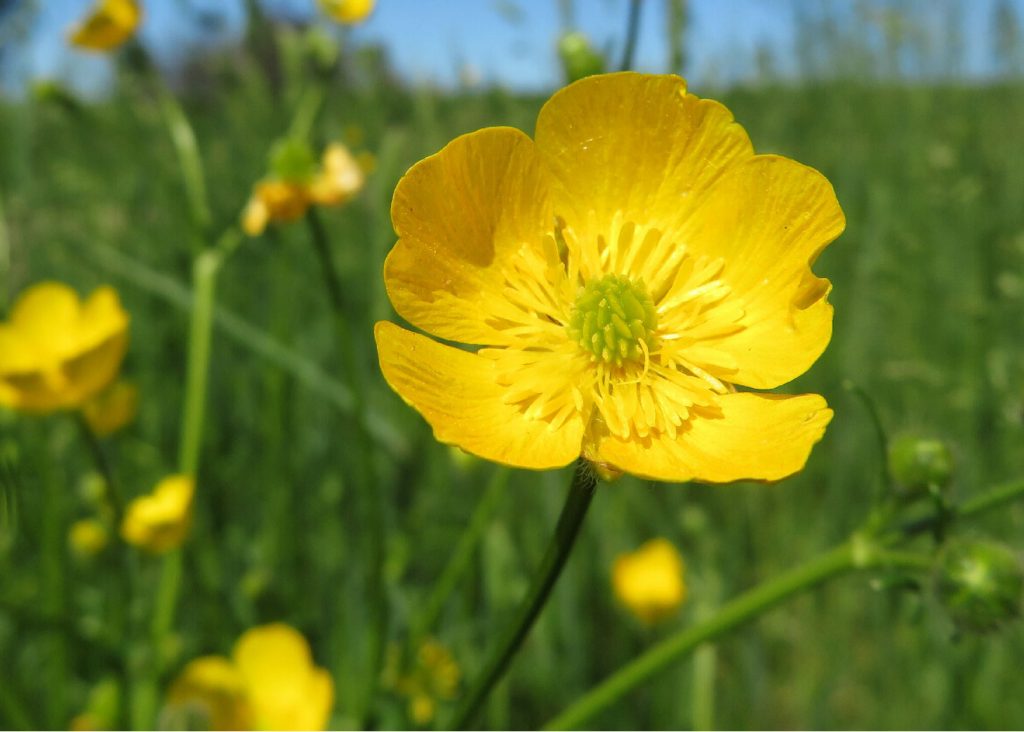
Buttercup
Native to western Europe, buttercups eventually arrived in North America and now grow in fields, pastures, and lawns all over the continent. Although the name buttercup sounds edible, this wildflower is not for eating.
Since it grows so well in pastures, it sometimes causes trouble for grazing cows. If a cow eats too many buttercups, she may produce less milk, and the milk may taste bitter.

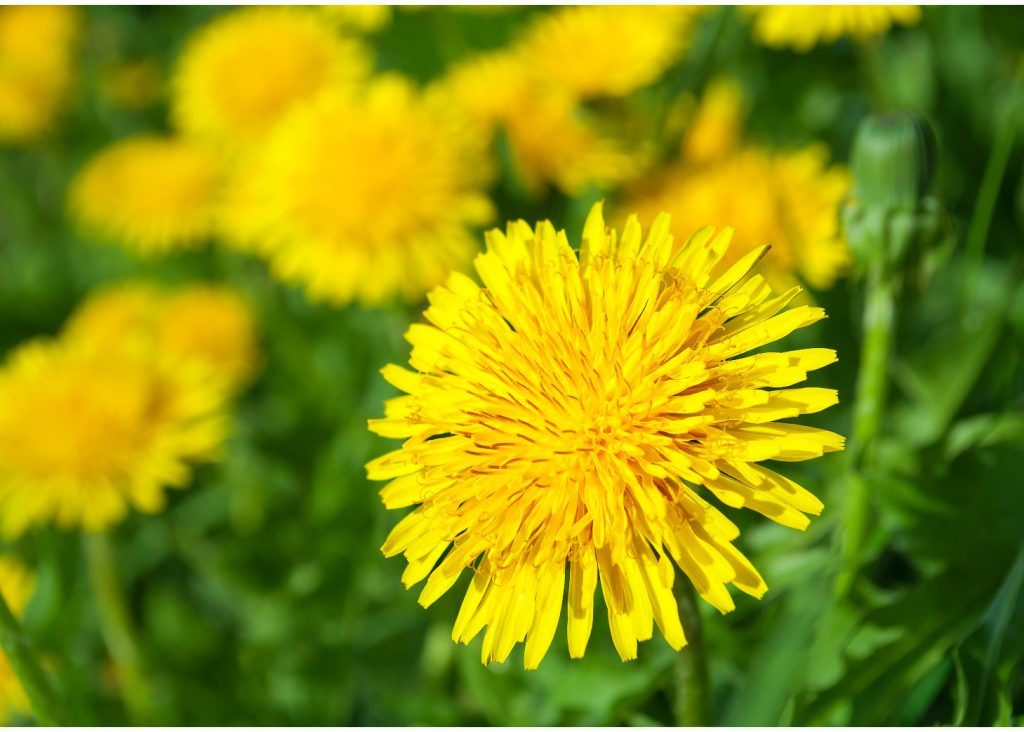
Dandelion
Step outside and you can quickly spot dandelions growing in lawns, forest edges, meadows, grasslands, and gardens. Dandelions are one of the most recognized yellow wildflowers and often the first to bloom in spring. They offer important nectar for bees coming out of hibernation.
Every part of the dandelion, from its petals to its leaves, stem, and roots, is edible. Dandelions are full of vitamins and iron, so have a cup of dandelion tea or add some to your salad! Note: If you harvest dandelions for eating, be certain that they and the area they grow in have not been treated with pesticides.


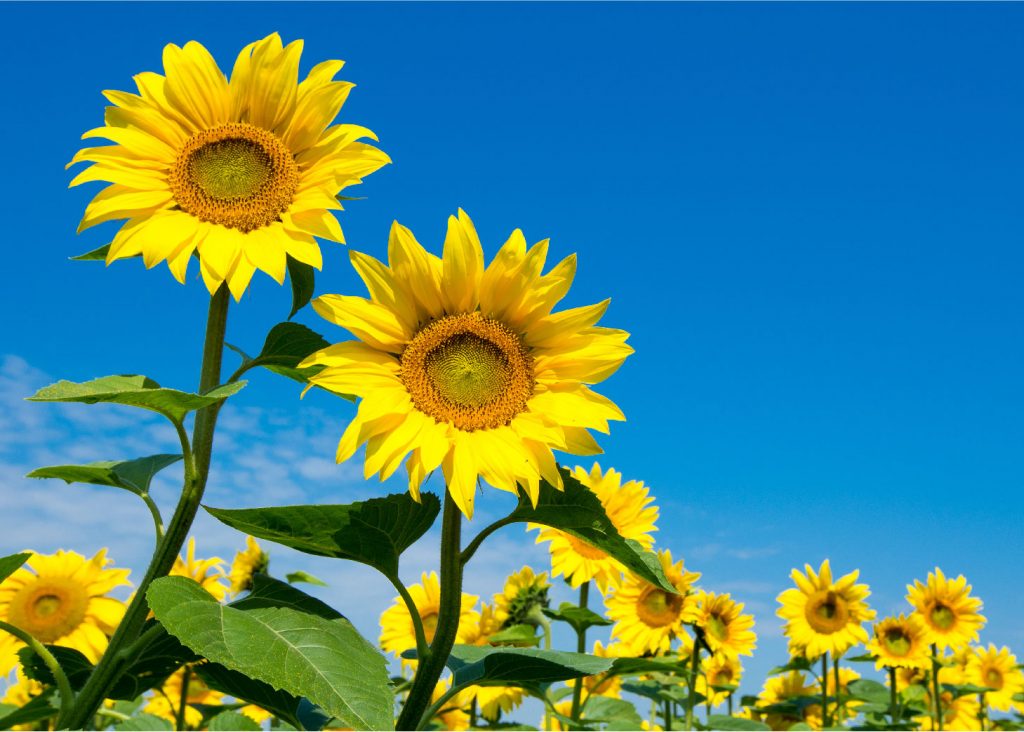
Sunflower
There is a wide variety of sunflower species. Sunflowers range in height from a few inches to 4.3 m (14 ft) tall and can be bright yellow, warm orange, or deep red. Sunflowers, as their name implies, grow anywhere there are six to eight hours of sun each day!
If you stood watching a large sunflower head all day, you would see it turn to follow the sun as it moves across the sky. Just like the dandelion, all parts of the sunflower are edible, even the head, stem, stalk, and roots!

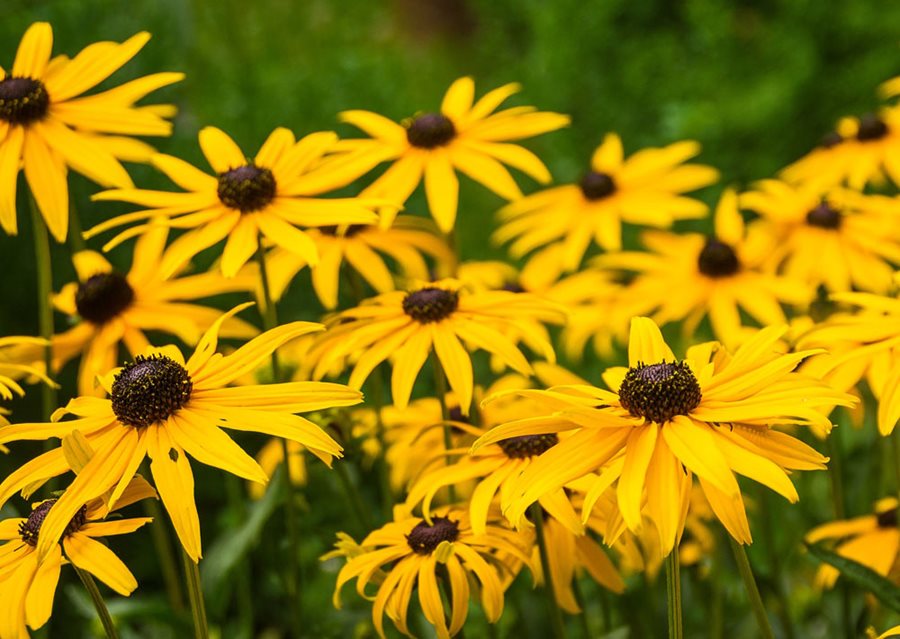
Black-Eyed Susan
More than two dozen wild species of black-eyed Susans exist today. They are native to North America and a popular roadside flower, perfect for a wildflower bouquet.
The black-eyed Susan is well known for its yellow petals and black center, attracting many types of pollinating insects and butterflies!

Perhaps you’ll see some yellow wildflowers in your neighborhood or while out in nature. Learn how to preserve them through a process called “pressing” described in our printable guide, “How to Press Wildflowers.”
Collecting and pressing flowers is a simple activity for any age. Now that you know how to press flowers, go have fun! Bring a friend or add the project to a special day of family activities.
Find more nature activities for kids on our blog. . .
You may also like . . .

How to Press Wildflowers
Supplies:
- A sturdy, large book
- An item that can provide weight on top of the book
- Paper that can absorb moisture, such as parchment paper, thin cardboard, blotting paper, or coffee filters
- Wildflowers
- Be sure it is legal to pick wildflowers wherever you decide to look!
- Visit this site to read about the law regarding picking wild flowers.
Steps:
- Choose flowers in full bloom and allow them to partially dry before pressing them.
*Note: The best kind of flower to press is one with a single layer of petals and a flat face, such as the buttercup. - Remove any unwanted leaves.
- Open the book to the middle pages. Lay a sheet of paper on the right-hand side of the book.
- Arrange the flowers on the paper. Keep these guidelines in mind:
- Choose flowers of similar thickness to press on the same page.
- Arrange the petals in the shape you want for the finished project before pressing.
- Leave at least ¾ inch between each flower.
- Place another piece of your absorbent material on top of the flowers and close the book.
- Set weighted items on top of the book. You want heavy, even pressure across the book.
- Wait two to four weeks for your flowers to dry. This time may vary depending on how thick your flowers are. They will be delicate, so be careful when handling them!
Don’t want to wait weeks to dry and press your wildflowers?
Speed up the drying process in one of two ways. Both of these speed methods require adult supervision.
- With an iron: Lay your wildflowers between absorbent paper in the middle of a book as described in the method above. Press the flowers flat in the book, then remove the flowers along with the absorbent paper. Place them between two pieces of parchment paper and set on an ironing board. Press the flowers (inside the layers of absorbent paper and parchment paper) with a warm iron for 15 seconds.
- In the microwave: Press the wildflowers flat between the absorbent paper in a book. Remove the flowers from the absorbent paper and place them between two pieces of parchment paper. Then place the layers between two flat-bottomed, microwave-safe plates. Set the plates in the microwave along with a heavier microwave-safe dish on top to weigh it down. Microwave your wildflowers on low for 30–60 seconds.

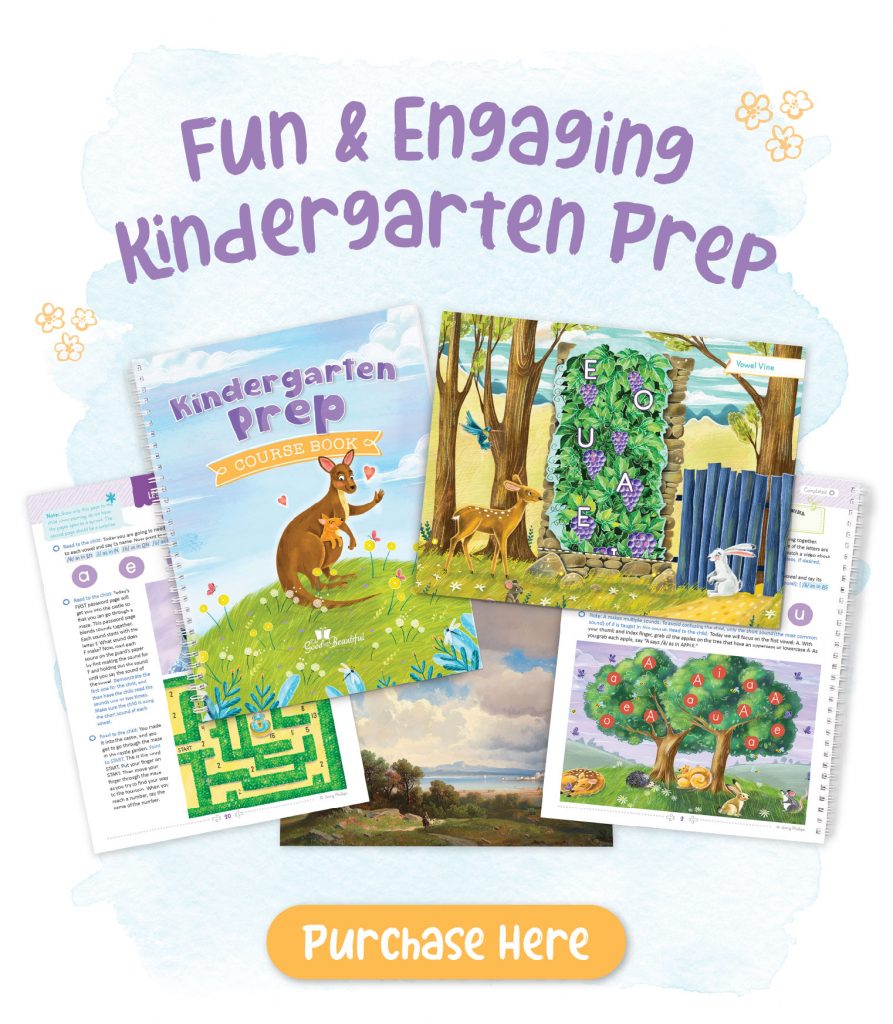
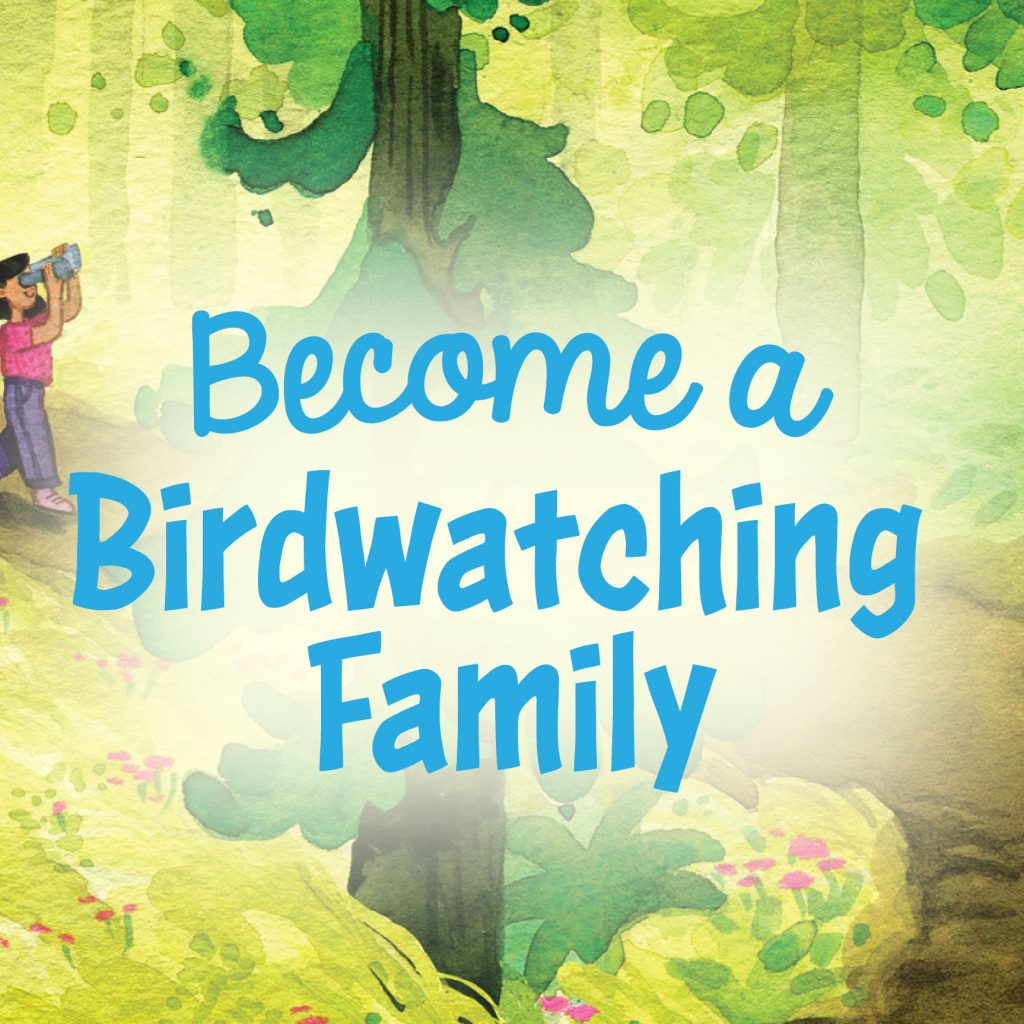

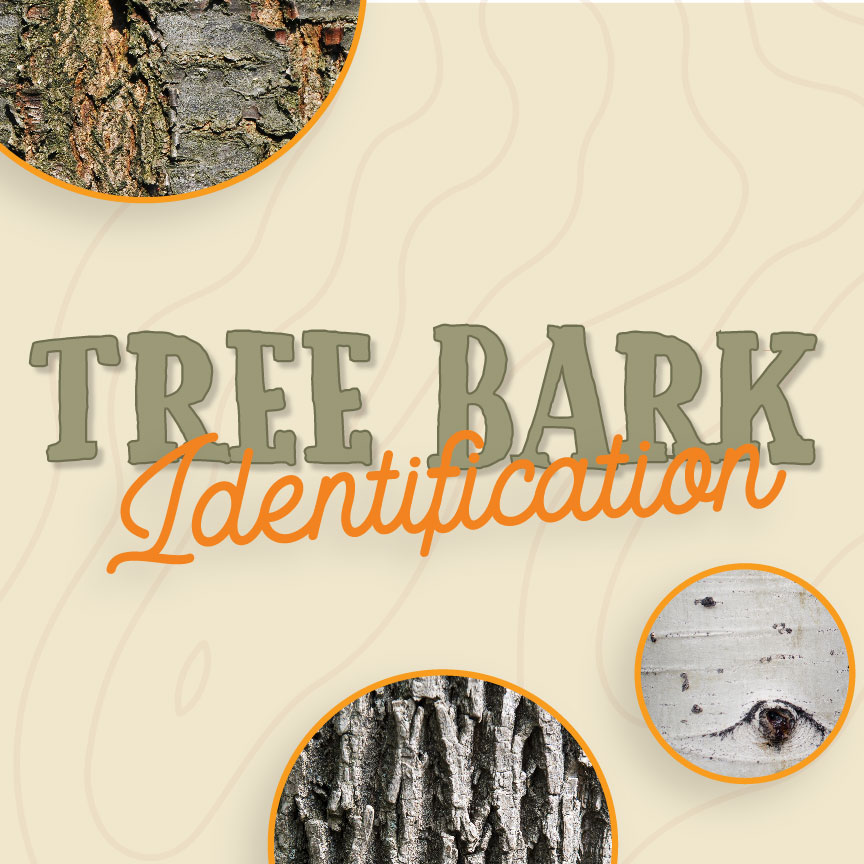
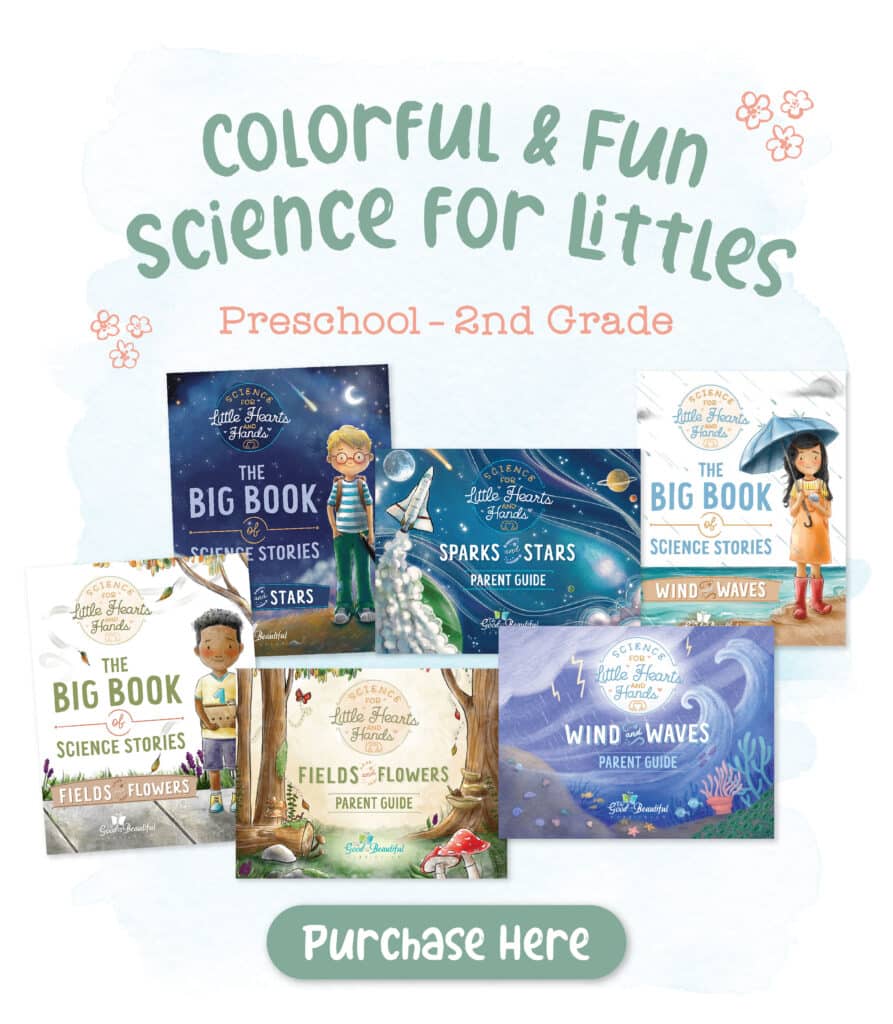
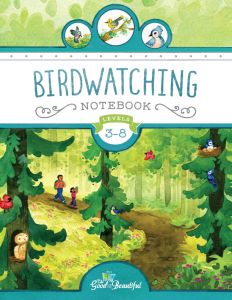
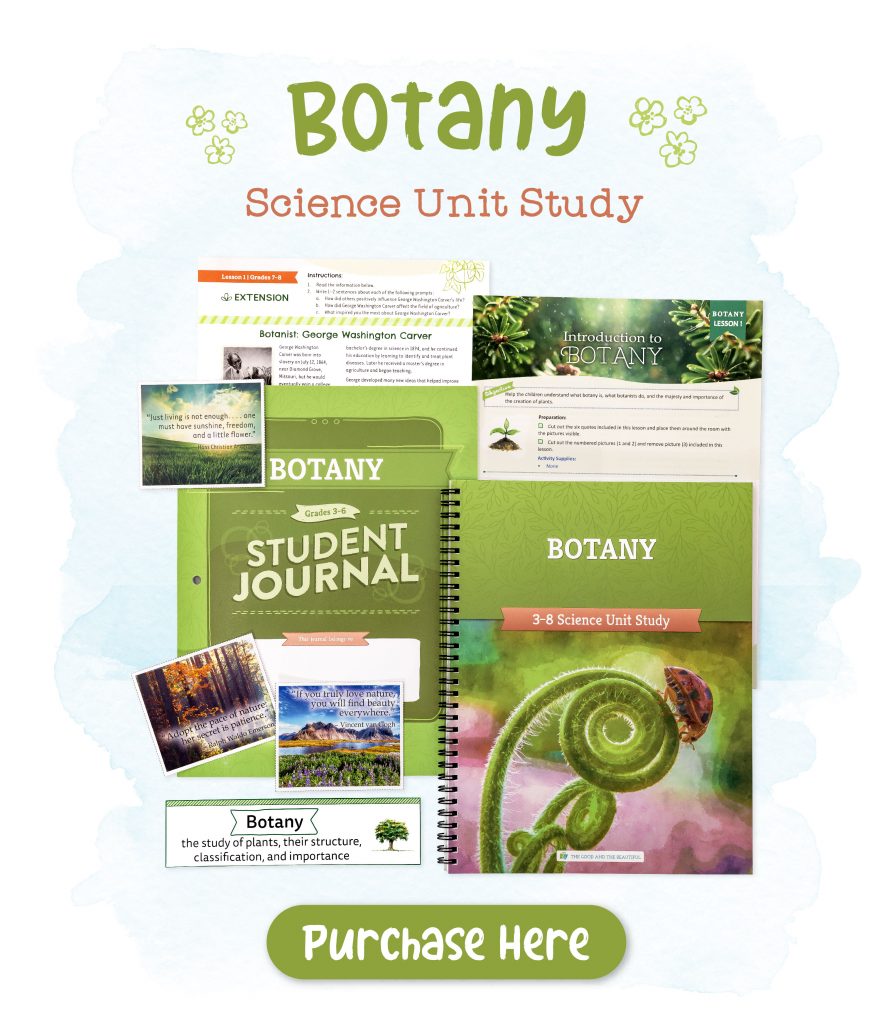



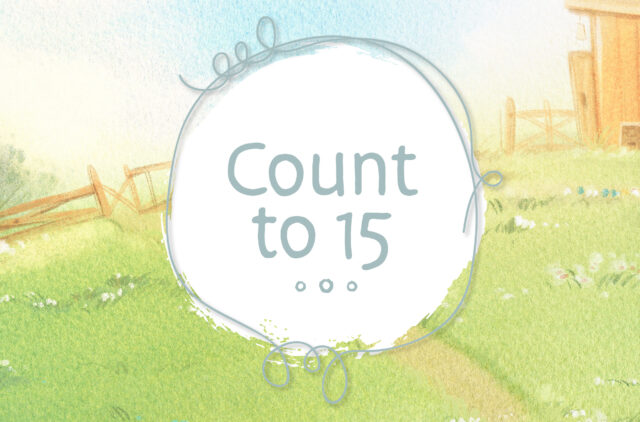

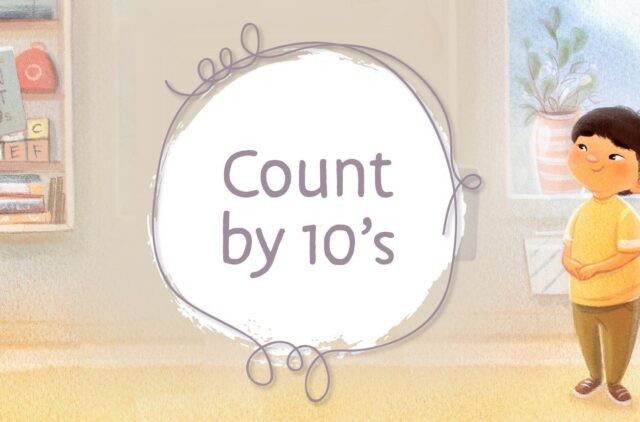
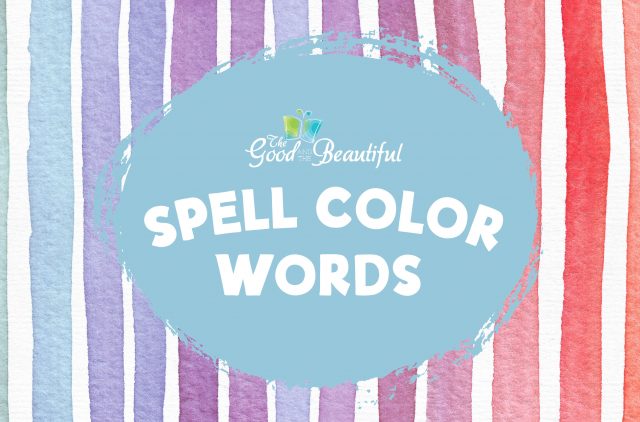

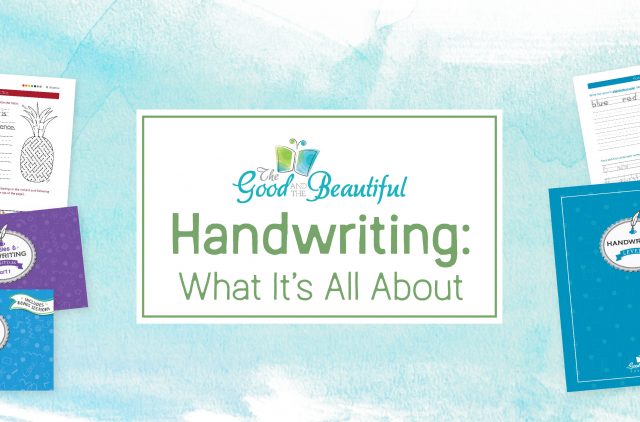
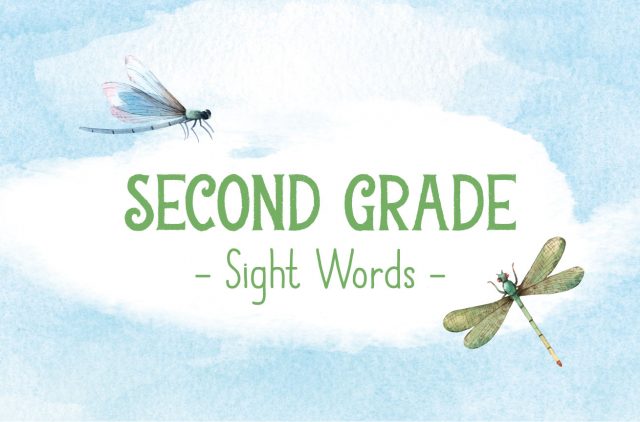
Comments
Love this!
Thank you for putting alot of games! It makes good and the beautiful fun, and I look forward to learn more to every lesson I learn. Jungwoo age 9.
hi! my name is jungwon. Im seven! Bye!
thank you for all the things you do for me bye!
Beautiful pictures of flowers and cool activity to do with the kids!
We had the best luck with pressing golden rod. So pretty!